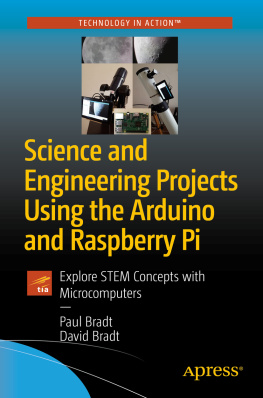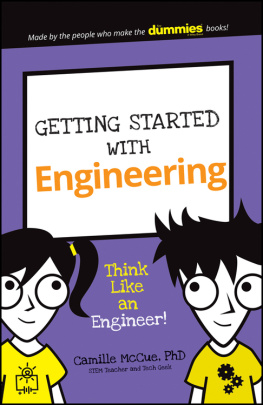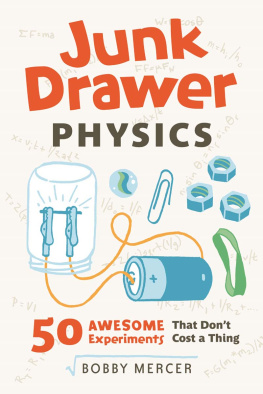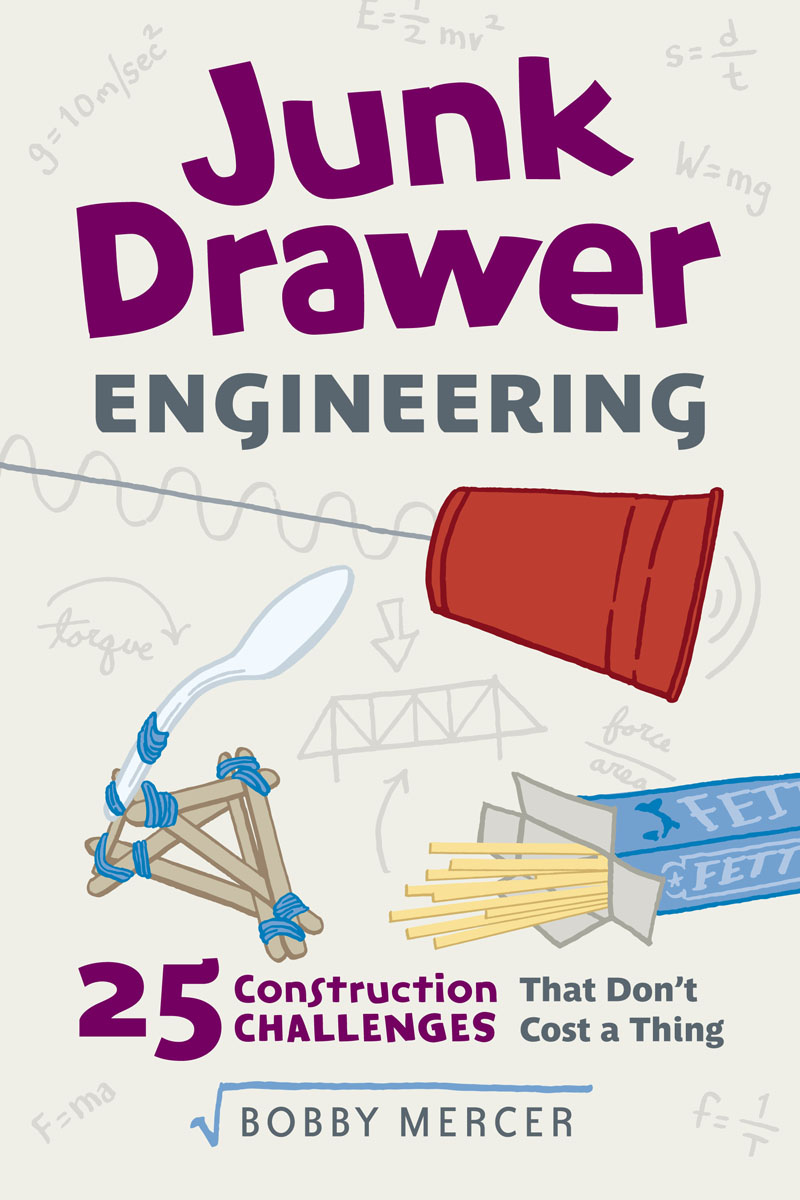
Copyright 2017 by Bobby Mercer
All rights reserved
Published by Chicago Review Press Incorporated
814 North Franklin Street
Chicago, Illinois 60610
ISBN 978-1-61373-716-3
Library of Congress Cataloging-in-Publication Data
Names: Mercer, Bobby, 1961 author.
Title: Junk drawer engineering : 25 construction challenges that dont cost a thing / Bobby Mercer.
Description: Chicago, Illinois : Chicago Review Press Incorporated, [2017] | Audience: Ages 9+.
Identifiers: LCCN 2016037089| ISBN 9781613737163 (trade paper : alk. paper) | ISBN 9781613737194 (epub) | ISBN 9781613737187 (kindle)
Subjects: LCSH: EngineeringExperimentsJuvenile literature. | ScienceExperimentsJuvenile literature.
Classification: LCC TA149 .M47 2017 | DDC 620.0078dc23 LC record available at https://lccn.loc.gov/2016037089
Cover design: Andrew Brozyna
Interior design: Jonathan Hahn
Photo credits: Bobby Mercer
Printed in the United States of America
5 4 3 2 1
To Jordan and Nicole, you inspire me daily

Contents
Acknowledgments
T hanks to all the people who made this book series a reality. The teachers I work with are truly an inspiration to me on a daily basis, and their insight is invaluable. Thanks to Laura Spinks, Jennifer Allsbrook, Sergey Zalevskiy, Kim Mirasola, Leslie Rhinehart, Robert Frost, Lucas Link, and Shannon Haynes. Thanks to the best agent in the business, Kathy Green. Thanks to Jerome Pohlen and the creative people at Chicago Review Press for helping to shape this book. As always, I am eternally grateful to my wife Michele for allowing me and my assistants to make a mess in the name of science. And a special written shout-out to my two personal science assistants, Jordan and Nicole. Their tiny hands are featured in many of the photographs.

Introduction:
What Is Engineering?
E ngineering is using science to develop a solution to a problem. Junk Drawer Engineering will stimulate brains to think, devise, and build creative solutions. Most of the projects will be challenges that have multiple correct solutions. The key to engineering is trial and errorand learning from the errors.
Good engineering is as much art as it is science. Engineering is seeing a problem and creating a means to fix it. The art of seeing a new way to do something is a skill that gets better with practice. The projects in this book will present you with engineering tasks that let your brain go to work.
Each project will have a suggested material list of low- or no-cost supplies. The material list will be varied, and not all items may be needed. At its core, engineering is trying different things, so feel free to modify the material list based on your creativity and what you have available. Learning to use what you have is the key to Junk Drawer Engineering. Complete science kits are fun to do, but creating your own fun from free stuff is even better. It is also good for the environment because you will be able to repurpose stuff you already have. Giving a new life to a broken toy or computer part just makes you feel good.
The instructions may suggest several possible solutions. A basic approach will be shown to give you the ability to do each project, but engineering is about thinking outside the box and devising new ways to do things. You are encouraged to try new methodsyou never know what new and creative ways you will think of.
Try new approaches and see what works. Not all approaches will work, but that is OK. Thomas Edisons engineers tried over 2,000 combinations of materials before he found a combination that worked well enough to create the electric light. By the way, Edison did not invent the lightbulbhe just made it better. His greatest contribution to the lightbulb was the screw style socket that is at the bottom of most lightbulbs now. His genius was trying new ideas and never giving up. He knew you can learn a lot from mistakes.
Remember, you will learn for your entire life and along the way you will make some boo-boos. Boo-boos are an opportunity to learn. Any engineering project is only a failure if you dont learn from it. A project is not a failure because it doesnt work right. It is a learning lesson in what needs to be changed. Take a close look at any project and try to figure out what went wrong. Modify the design and try again.
At the end of several of the projects will be photos to show how other people have done these projects. These pictures may be great starting points to modify the project based on an idea you have. Adding your own flair is part of the fun. To me, it has always been most of the fun.
These projects would be perfect for classroom and science camp competitions. Each project will also have a teacher/homeschool parent section on how to adapt the challenges for a variety of levels of intellect and ages. Included are a preschool, elementary school, middle school, and high school adaptation for each project. Since all children are different, it is OK to move up or down the adaptations. A few may only fit one category, but most will be adaptable to many levels.
The key thing is to remember: we learn best when we enjoy what we are doing. Engineering is applying science principles to solve a problem. Science should be fun, so engineering should be fun. Laughter truly is the best medicine and, in my opinion, the best way to learn. If a project fails, laugh about it. A truly spectacular fail will make you laugh. Push the envelope, have fun, and try engineering. Be careful, thoughyou may learn something along the way.
Energy
E nergy makes things move. It transports light, sound, and people. The definition of energy is the ability to do work. Engineers deal with how to make energy do what needs to be done. Energy is so much a part of our everyday lives that we often take it for granted. Energy is the unifying concept in all branches of science, and engineering is the use of science to solve problems.
Zip Line Madness
Create a zip line carta Zipperto send an action figure (or golf ball) to the other side of the room.
Engineering Challenge
Engineer a device that will slide down a mini zip line at the greatest speed. The question you need to answer is how to engineer or repurpose something to work as the wheels that roll down the zip line. Zip lines are not just a fun vacation treat, they are a key to learning about science. Speed is the thrill as you zip along. The Zipper needs to slide over the zip line at the top without untying the zip line. You could additionally require a safety line just as all full-size zip line operations do. My contests always included that as a must, because students can easily see the purpose of the extra cable. Engineering is both about design and safety.
In a classroom setting, it might be a good idea to ban store-bought devices that dont have to be modified. Otherwise, a student could buy small pulleys in a home improvement store that would make the wheels part a breeze, making the contest an easy, fast, sure win. They have been forbidden in my contests. If they are allowed, the young engineers should still have to devise a way to suspend the payload from the pulleys. It is a personal choice on whether they are OK to use or not.
Next page
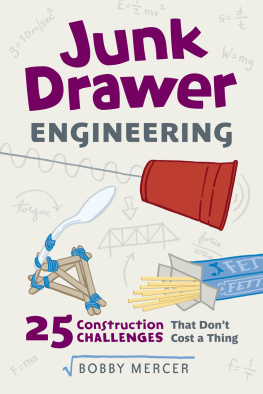
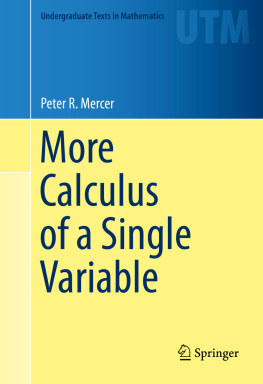




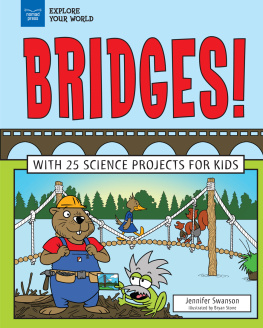
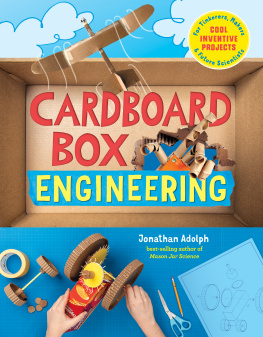


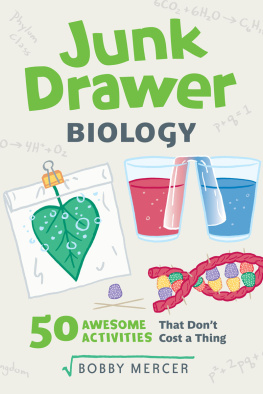
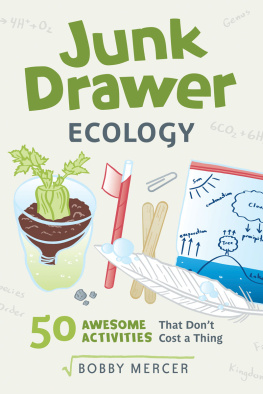
![Vaughn Jen - Bridges and tunnels: investigate feats of engineering [with 25 projects]](/uploads/posts/book/242802/thumbs/vaughn-jen-bridges-and-tunnels-investigate-feats.jpg)
